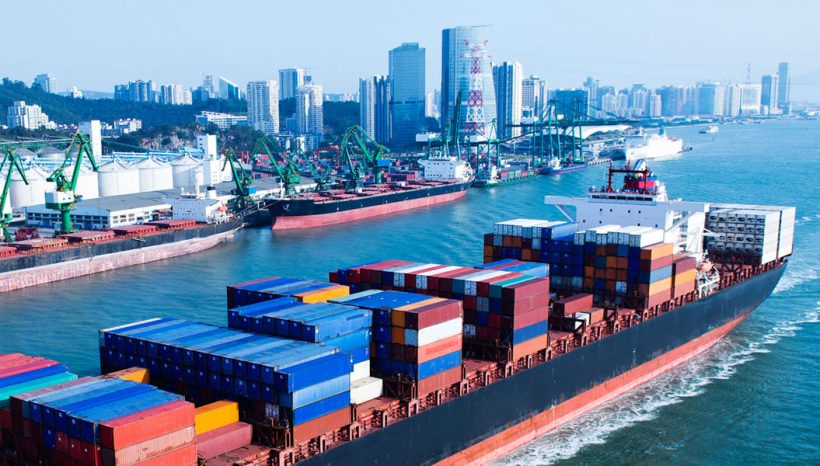Get now the best bunkering services Malaysia!

Have you ever questioned how ships in the sea manage to travel for weeks or even months at a time? Evidently, they use a bunkering service to obtain their fuel. Bunkering, to put it simply, is the process of refueling or supplying a ship with gasoline. Bunkering is the phrase used in maritime terminology, nevertheless. To prevent gasoline leaking into the ocean, which would ultimately result in dangerous pollution of the water and its inhabitants, there is a stringent and complex method. Consequently, using the best bunkering services Malaysia would make it simple for you to refill your ship.
What makes bunkering crucial?

Bunkering plays a significant role in our daily lives. The quality, pricing, availability, and safe handling of the fuel that powers the engines of thousands of ships that sail around the world are all fundamentally important because roughly 90% of all global trade is handled by water.
Bunkering services: what are they?
Providing fuel and/or gasoil for a ship’s propulsion system is referred to as bunkering. What exactly are bunkering services? The provision of requested quality and amount of bunkers to a ship is known as bunkering service.
How to put together a thorough bunkering plan
In the past, bunkering was only possible in ports, but with the development of new techniques and increased traffic, it is now possible to bunker at sea in fair weather. Ship to Ship (STS) bunkering, where one ship serves as a terminal while the other moors, is the most popular sort of bunkering method at sea. The second sort of fuel transfer during heavy weather is known as “stern line bunkering,” which is the quickest but also most dangerous method.
The following should be included in a normal bunkering plan:
- Grades that will be moved, how much of each, and other data like quantities and loading temperatures.
- Draft forward, draft mid, draft aft, and sea condition are stability and stress conditions.
- Emergency procedures: The vessel’s emergency procedures must be started right away in accordance with the Emergency Procedure Manual in the event of a spill.
- Operations Bunkering Responsibilities: All job functions must be assigned responsibility for bunkering operations.
- The loading order that was decided upon with the Chief Officer in order to protect the ship’s stability and stress conditions
- checks before beginning.
- during operation, checks.
- checks as you top off.
- tasks that are done.
Crew members tasked with bunkering operations shouldn’t perform any other tasks while the activity is underway. It’s crucial to stress to the crew that they have a duty to stop or even shut down the bunkering operation and notify the officer in command if anything seems out of the ordinary.
Creating a checklist for bunker safety
The responsible officers must finish and sign the Bunkering Safety Check-List before the bunkering operation starts. Using statements, the Bunkering Safety Check-List assigns accountability and obligation. As soon as it is signed, this offers the fundamental framework for safe operations as agreed upon through the sharing of crucial information. The following sections make up the Bunkering Safety Check-List:
- Bunkers will be moved.
- tanks to be loaded with bunkers
- Barge checks before berthing
- Verifications before Transfer Declaration
- a list of repeated checks
A more efficient operation, a cleaner atmosphere, and a safer crew and vessel will result from paying attention to continual improvement, detail, and procedure.
